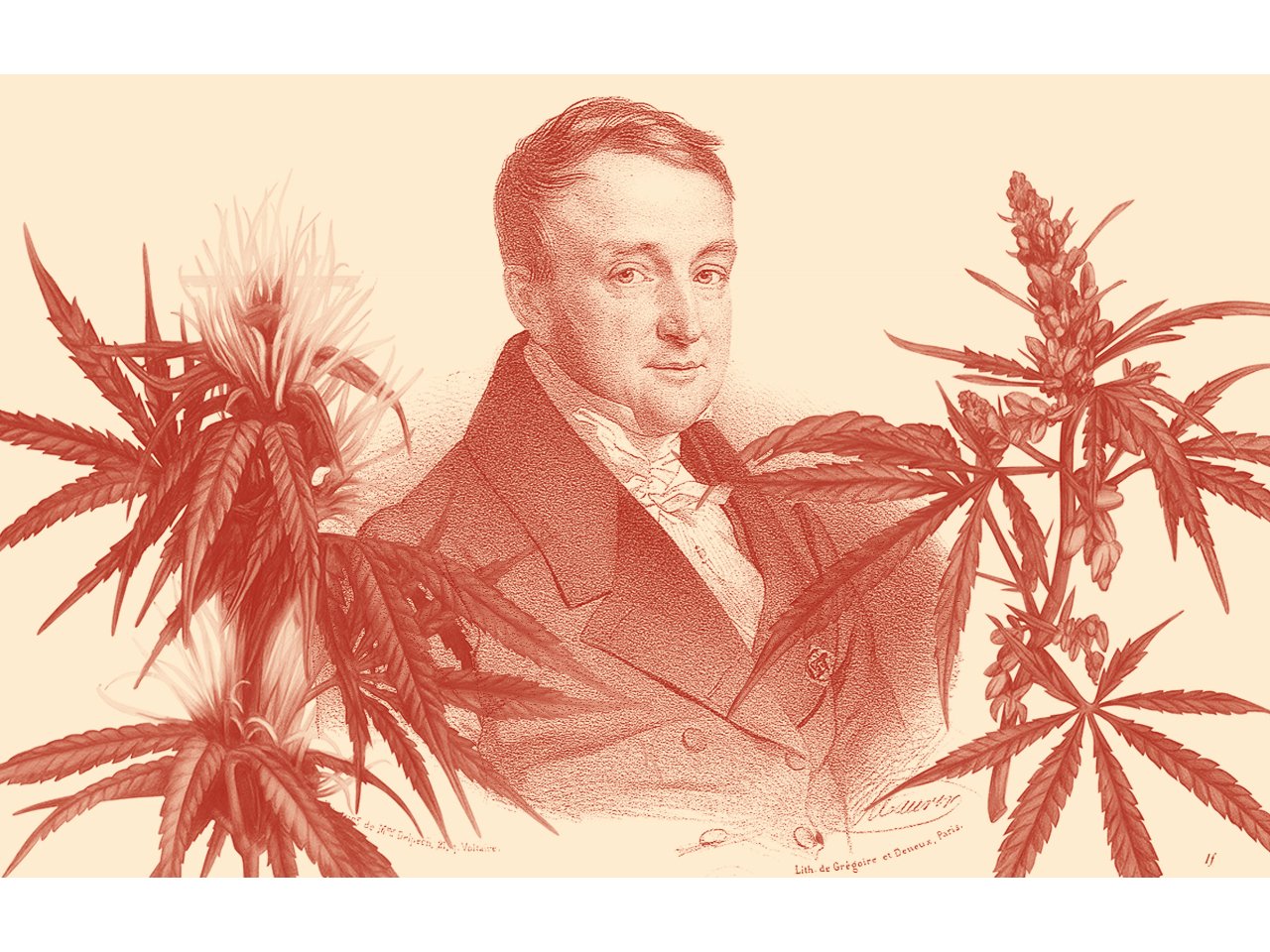Cannabis History 101: Western & European Cannabis History
by Jeff Eckenrode, Chief Operations Officer
Quick Answer: Cannabis has a long history in the West as a medicine, with widespread use in Europe and the U.S. until its 1937 prohibition. Popularized by Sir William O’Shaughnessy in 1839, cannabis tinctures treated pain, insomnia, and more. Though replaced by modern pills, today’s tinctures are more consistent and easier to dose—find them at Hashtag Redmond.
Throughout time, cannabis has and still remains to be a popular and essential therapeutic for people across the globe.
Not only did ancient people use cannabis to get high, cannabis also has a long history of use as a fiber, a food, and a medicine dating as far back as 5,000 years ago in Asia (Don’t believe us? Then check out our previous blog about it!).
But how did cannabis come to be used in the Western world?
In the West, cannabis was used throughout Europe and North America as a household tonic until its prohibition in 1937 in the United States.
However, alongside the advent of modern religion, Westerners began to view plant substances with suspicion.
In an effort to break the human bond with “magic” plants that typified pagan religions, elders in the Catholic Church branded plant users as pagans, sorcerers, or witches.
Throughout their occupation in Latin America, Spanish Conquistadors massacred hordes of native peoples for using psilocybin, peyote, datura, morning glory, salvia, and ayahuasca, in addition to cannabis.
Although cannabis was well known throughout Asia at the time, it wasn’t until Sir William Brooke O’Shaughnessy (an Irish inventor and physician) reported on its use during his time working in the hospitals of Calcutta, India in 1839 that Europeans became aware of it.
Sir William Brooke O’Shaughnessy.
While in India, O’Shaughnessy developed a fascination with Indian botanical medicines, chief among them a tincture made of cannabis indica.
O’Shaughnessy was curious about the ways Eastern cultures in hot, crowded regions used botanicals prophylactically to prevent diseases before they struck and then to treat them once they had. He conducted the very first animal studies on cannabis and noted that it visibly and effectively eased the pain of muscle spasms caused by rabies, tetanus, and cholera.
Today, historians attribute O’Shaughnessy with the introduction of cannabis tinctures to Victorian England.
And after O’Shaughnessy brought cannabis back to England, other physicians and small companies began to produce their own cannabis elixir to sell privately and in general stores.
In the very first issue of The Lancet, Queen Victoria’s physician discusses tincture of cannabis in the treatment of dysmenorrhea. In this issue, he also states: “When pure and administered carefully, [cannabis indica] is one of the most valuable medicines we possess.”
In the following 60 years, over 100 medical papers were written about this “wonder drug” that treated some old-fashioned sounding illnesses (including neuralgia and melancholy) and many others that are still with us today, including sleeplessness, nausea, and neuropathy.
In the US, physicians also made their own cannabis tinctures and sold them out of their offices, as did other drug companies including Eli Lilly, Parke-Davis, and Squibb.
Surprisingly, one of the major issues with this all-purpose plant tonic was not related to its efficacy. Rather, accurate dosing became a problem for cannabis tonics.
When cannabis is swallowed, it can take anywhere from 30 minutes to 2 hours for the effects to come on, so patients never knew if they had taken enough.
Too large of a dose could cause harrowing anxiety. However, most doctors at the time worried about prescribing too little.
Until the early 1900s, the conditions for which cannabis indica was most often prescribed were pain and insomnia. But in 1898, Bayer synthesized aspirin from birch bark; shortly thereafter the first barbiturates were also produced as pills.
Today we take for granted the inexpensive manufacturing of precisely dosed, easy-to-swallow medications, but the invention of pills and capsules that could be measured in milligrams was revolutionary at the time!
Tincture of cannabis indica, which varied in strength depending on the crop from which it was derived and was difficult to dose, suddenly seemed very old-fashioned to consumers. As a result, its use as a palliative treatment declined significantly.
Today, modern cannabis tinctures are far more consistent and much easier to dose than they were in the 19th and 20th centuries. And we carry a wide range of oil and alcohol-based tinctures at Hashtag Redmond, Hashtag Seattle and Hashtag Everett. Check out our menus to learn more about their ingredients and uses!










